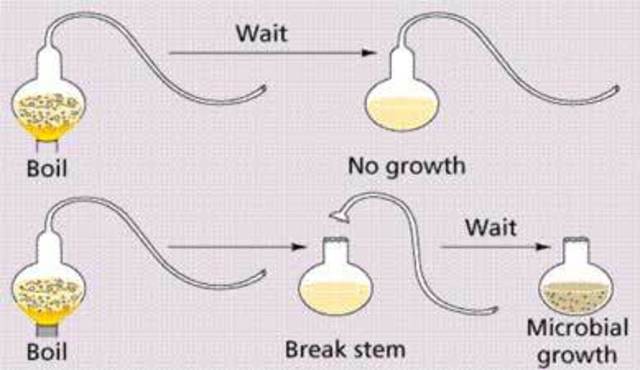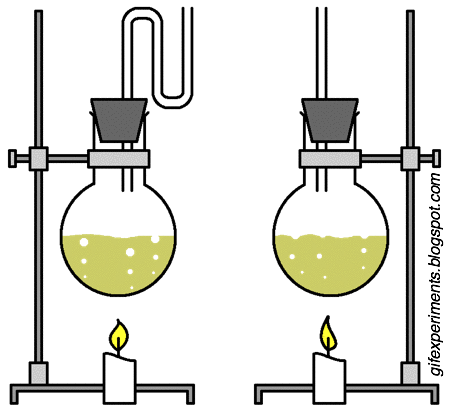Life!
What does it mean to be alive?
This is a tricky question to answer. Scientists and philosophers have debated it at length. We do not have a satisfactory answer (Websters defines life as anything capable of dying). Generally, it is agreed upon that to be alive, an organism must do the following:
Breathe
Eat / make energy
Grow
Circulate nutrients
Get rid of wastes
Respond to stimuli
Maintain homeostasis (a balance)
Must all reproduce?
Must all evolve?
Must all be made of cells?
Where did life come from? How did it begin?
This is another question that has been debated for a long time, but this one has had notable experiments.
Due to maggots and mold appearing out of nowhere, (they had no refridgeration) led most of the original theories calling on some god-like powers or something called spontaneous generation.
Spontaneous generation states that life can be made from nothing.
If one leaves food out, doesn't life seem to appear out of nowhere?
An Italian scientist, Francesco Redi, didn't believe that life sprang out of nowhere. He devised a test to see if he could prevent it. How would you design a test for that?
Here is how he tested it:

So, he concluded that complex lifeforms like flies cannot spontaneously generate...but maybe simpler stuff could, after all there was mold on the meat.
How would you improve his experiment?
Another Italian scientist, Lazarro Spallenzani, took it further:

When sealed away from the air, no life generated. Convincing?
Not to most scientists of his day. They said that the air contained a "vital force" that life could not exist without and that life generated, but then died without air.
How could you improve his experiment? It has to allow air in and out, but nothing else. By the way, bacteria were first called unfilterable materials as no screen could be made fine enough to prevent them getting through.
A brilliant man named Louis Pasteur devised a way:


Alright, so scientists were convinced; life did not spontaneously generate...but how did it start then?
Harold Miller and Stanley Urey decided to recreate early Earth. The first fossils date back 3.5 billion years. At that time, Earth looked quite different. The world had cooled off from its molten origin and began erupting gasses out from the core. These included water, ammonia, hydrogen sulfide, methane, carbon dioxide, and others. All the building blocks for life are in there, just bonded the wrong way. It was also extremely energetic (no ozone layer to absorb UV, thousand year long thunder storms, volcanoes erupting all the time...).
So they decided to put those gasses into a sealed place and blast it with energy:


After a while, they checked out the water and found simple sugars, fats, proteins, and all the needed building blocks for life floating around randomly.
Two Russian scientists followed up on this and let it run for 10 years and found fatty blobs that floated around absorbing other nutrients and splitting when they got big enough. Was this simple life? No one knows. But it sure behaved like simple bacteria. There was one thing missing though--DNA. More on that later...
Miller and Urey's experiment is the best thing we have to go on for now and is called "The Heterotroph Hypothesis" because it is a good guess and involves the first life eating floating nutrients.
So life started as tiny, single celled heterotrophs floating in water but has evolved over time to be so much more.